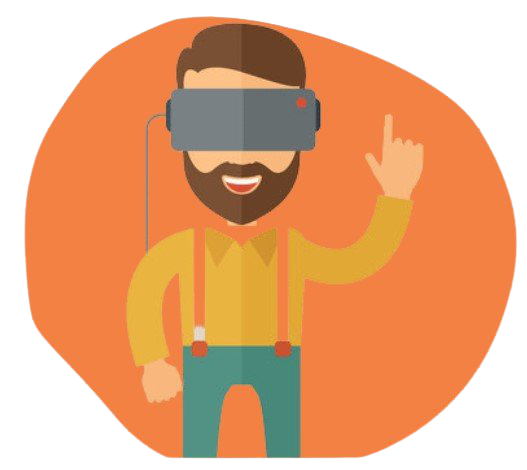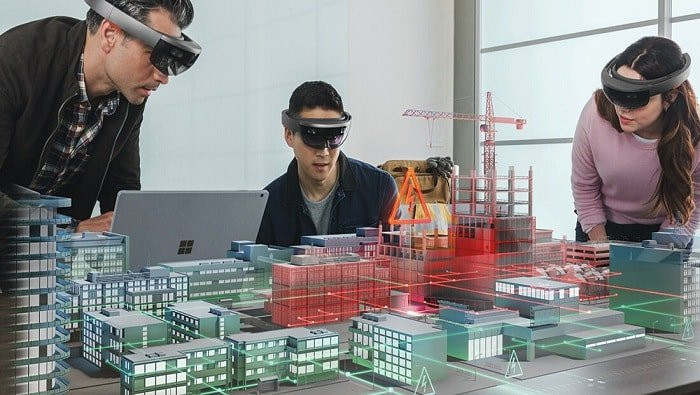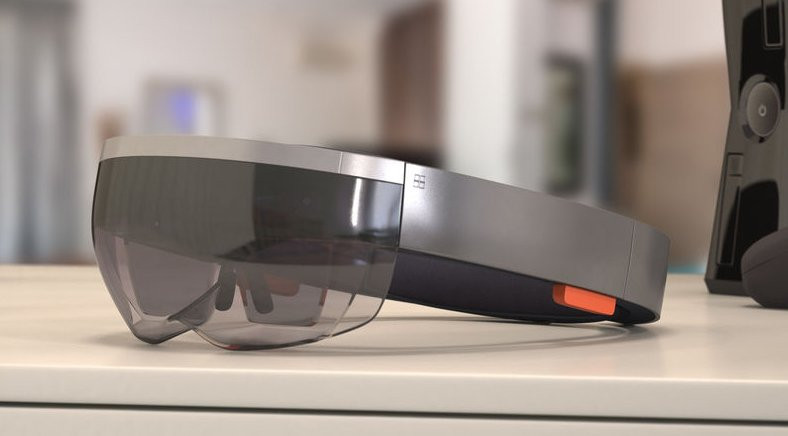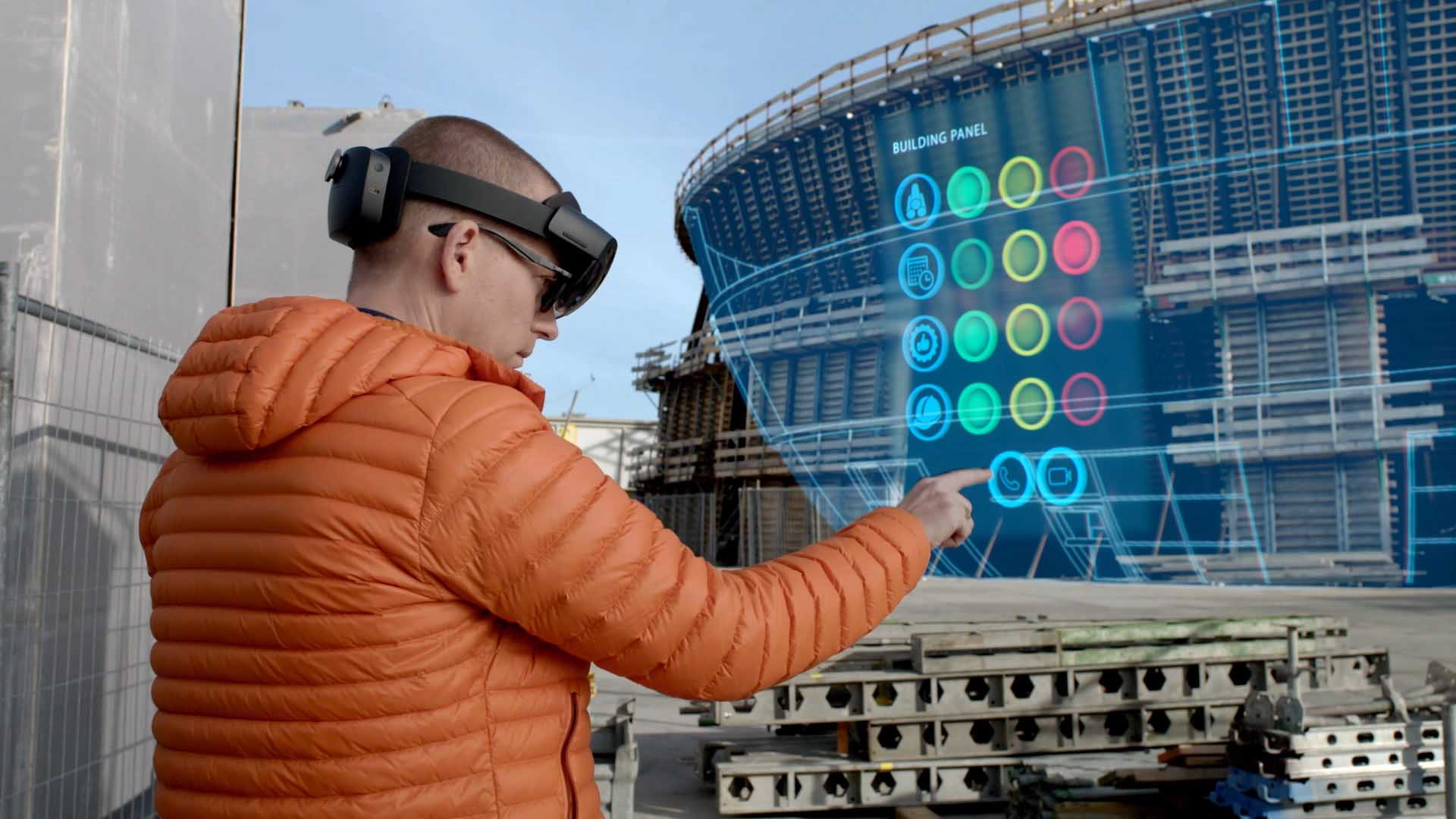Sunday, August 29, 2021
Unlike Virtual Reality, Mixed Reality (MR) creates a sensory experience by incorporating digital content into the real world. Surprisingly, the latest Mixed Reality devices are extremely beneficial for the manufacturing industry especially during COVID-19.

A game changing level of support is now possible! Consider next time you have a break down, an expert can look through your eyes and point out the problem inside your vision.
Mixed Reality is very helpful for support and monitoring purposes. Experts can come online and direct an operator in their own vision on what to check and adjust.
For instance, with COVID-19 a lot of manufacturing projects have been impacted because deploy or assemble resources could not travel.
Also, Vision systems inside the headset - can recognise what phase of assembly the assembler is at and guide them with tools and parts appearing in their reality in the correct orientation and position with instructions.

Significant improvements of computer power through hardware, advanced algorithms and sensors have made it possible to implement Mixed Reality solutions into factories.
For example, Human operators can drop any 3D model into the actual reality it is intended for and even watch it run for example observing a robot operating in a facility.
Mixed Reality systems can identify clashes, verify positions, and check machine or robotic motions. This also can be done remotely too.

Imagine creating an audit trail while you work without doing anything extra!
Mixed reality enables operators to verify the quality of their work, reduce errors, and encourage short communication cycles within the team. By enabling real-time visual inspection of assembled products, confirming, and timestamping each step in a process.

Instead of flipping through multiple pages of the work manual, employees can receive instructions or take training courses through Mixed Reality, including Microsoft's HoloLens 2.
It has all the benefits of training while producing, with all the safeguards required to ensure outcomes and manage progression.
Since courses can be conducted on the job, training time and costs can be significantly reduced.

No successful business can thrive without collaboration.
Mixed Reality tools like Microsoft's HoloLens 2 are key for workplace collaboration. Just imagine being in a shared reality, with the capability to enable remote users to view what someone is working on in real time and provide in vision guidance even just with hand gestures.
Well, you can, MR is providing employees in different physical locations the opportunity to collaborate and share inside other realities with objects by touching them.

Written by Mitchell Burrows, Business Development Manager at Fast Automation Pty Ltd.
Based in Australia, Fast Automation has over twenty years of experience in the automation industry and has performed thousands of world-first, mission critical automation projects.
Fast Automation are highly passionate about helping clients do more for less and do it for longer, better, safer and faster. Leading the industry for new and innovative technologies, Fast Automation are currently integrators of a range of automation systems.
Beyond automation, Fast Automation is a believer of giving back to the community and is a proud supporter of The Kid's Cancer Project among other causes.
To find out more about automation systems or how we at Fast Automation can help your business contact us today at 1300 PLC EXP or info@fast-automation.com.